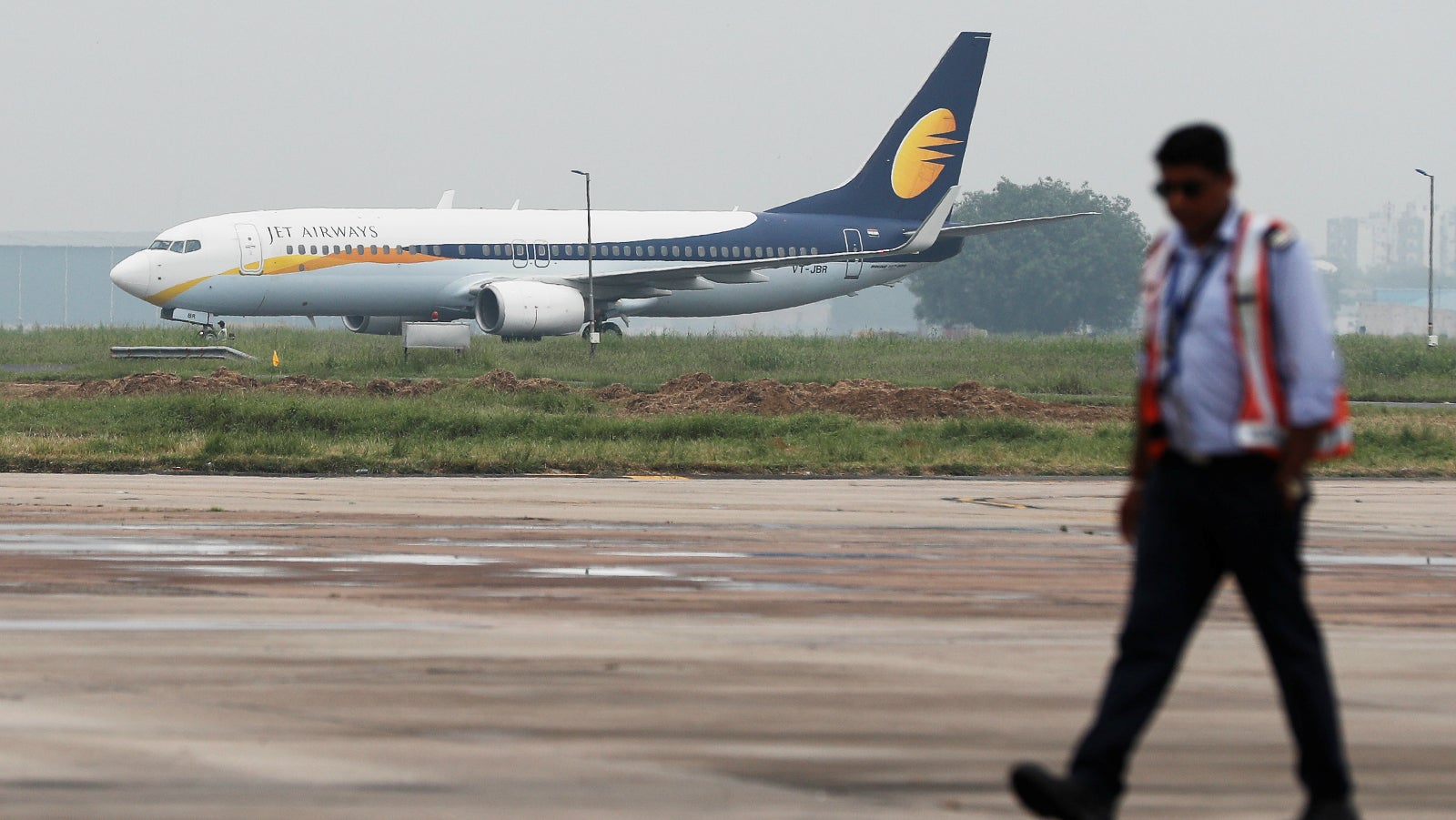India’s aviation sector is on a wing and a prayer. Can Modi’s Budget 2019 help?
India’s aviation industry is currently stuck in an air pocket. The sector has been constantly plagued by mounting debt, losses, and high fuel costs, among other things.


India’s aviation industry is currently stuck in an air pocket. The sector has been constantly plagued by mounting debt, losses, and high fuel costs, among other things.
Hence, airlines will be pinning all their hopes on Feb. 01, when the annual budget, the last by prime minister Narendra Modi’s government, will be presented.
It is only natural for them to expect policy favours, given the dire straits they are in and their weak balance sheets.
Jet Airways, India’s oldest private airline and the second-largest by market share, for instance, has been in the news for all the wrong reasons. It has been struggling to pay employee salaries, defaulted on its debt, and is also grounding aircraft. The fourth largest airline, SpiceJet, which nearly drowned in 2013, also posted losses in the first half of the ongoing financial year.
Even market leader IndiGo, never in the red since listing on the stock exchanges three years ago, posted losses in the July-September quarter of this financial year. It recouped, but only just, in the October-December period.
Flagship Air India, of course, has for a while been on ventilator support from the government.
The poor earnings have come despite India’s robust air traffic growth as the aviation companies faced cut-throat competition and volatile jet fuel prices. Most of these airlines, therefore, need big fund inflows to survive. Private airlines do not have deep pockets and they need more investment-friendly policies.
Jet fuel costs
The high expenses on aviation turbine fuel (ATF) are a pain point for most airlines. India’s central government charges 14% excise duty on ATF and state-level taxes can go as high as 29%. So, there is still scope for a policy guideline framework for this sector that will lower the ATF tax burden of the airlines.
The other taxes airlines pay are based on the goods and services tax structure (GST) and therefore not part of the budgetary policy.
Allied sectors
The government should create an ecosystem that recognises and supports the industry’s viability and competitiveness. Hence it can help develop the maintenance, repair, and overhaul (MRO) segment besides giving a boost to airport infrastructure.
There is a need to develop skilled personnel for various segments, including airport, airline, cargo, and ground handling.
There is also the need to set up a National Civil Aviation University on the lines of the Railway University and Defence University. Last year, the government allocated Rs50 crore ($7 million) for Indira Gandhi Rashtriya Udaan Academy and National Aviation University. We need to still find some evidence that this money has been spent in the right direction.
Recently the government announced big plans for setting up many central universities, but, in my view, there is a greater need for setting up an aviation university which will result in building a skill bank as well as support ancillary aviation infrastructure. We are inducting so many aircraft but most of them are going abroad for MRO.
In fact, we are creating thousands of jobs in the aviation sector in the Gulf region, China, and Malaysia, but not in India.
Reaching the small towns
To connect unserved and under-served airports, a regional connectivity scheme, UDAN, was introduced. The government’s UDAN policy would definitely boost this growth. But this should result in job creation within the country, not abroad.
The government has to keep on providing good budgetary support to airports authority of India (AAI), which is doing a fantastic job of creating airports in the tier 2 and tier 3 towns of India. The current economic growth is creating big aspirations in the heartland of India, and they are yearning for world-class facilities. The airport charges levied by the Indian airports (domestic and international terminal) are very high compared to in the Asian and the Gulf countries. This issue needs some government intervention.
Greater attention also has to be paid to rotary wing aircraft sector. There is a need to reduce helicopter accidents in the country. The government has to pay special attention to this sector when it is looking to fund the directorate general of civil aviation (DGCA.)
We welcome your comments at [email protected].